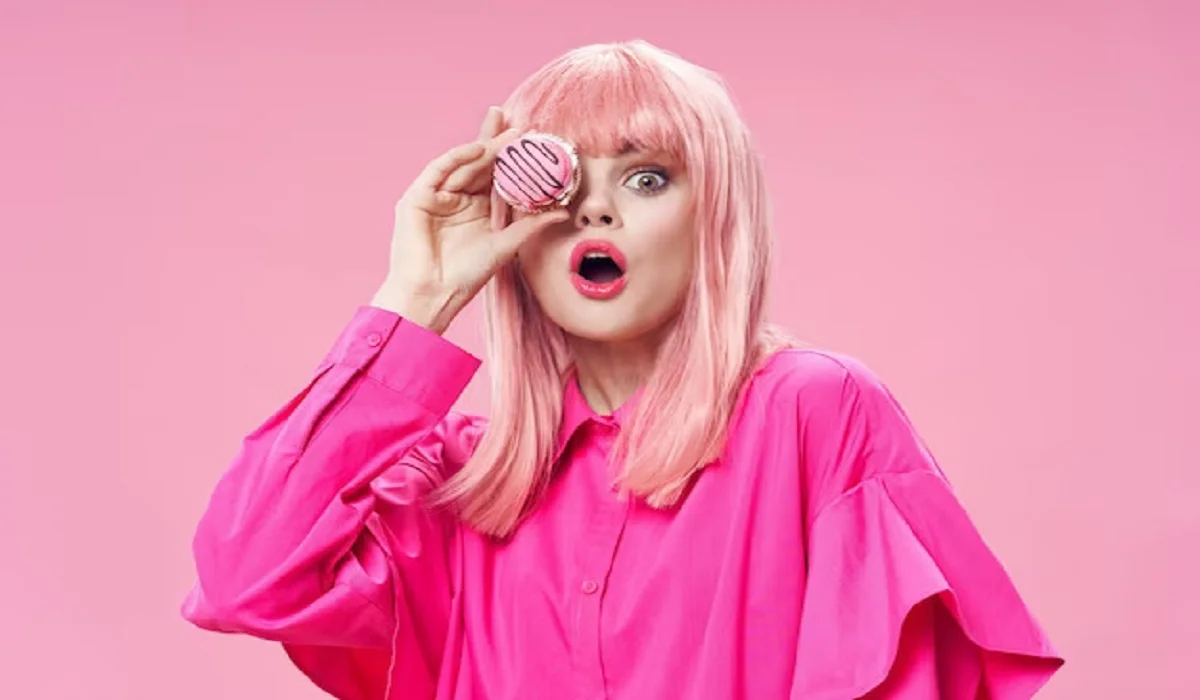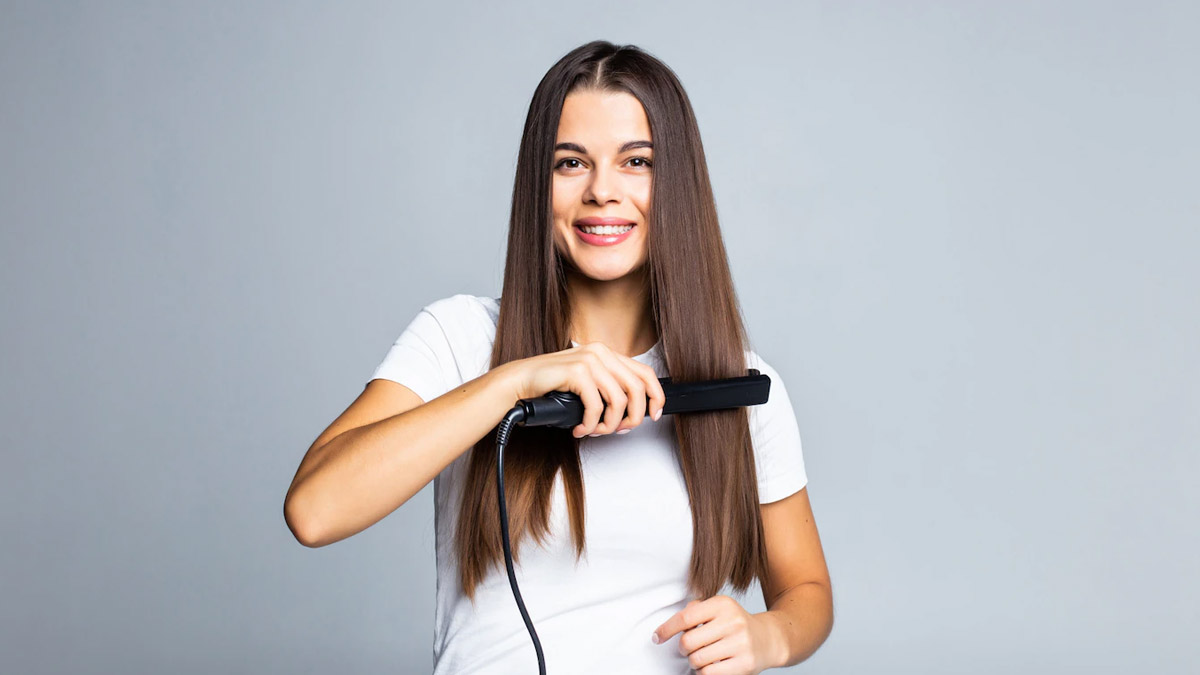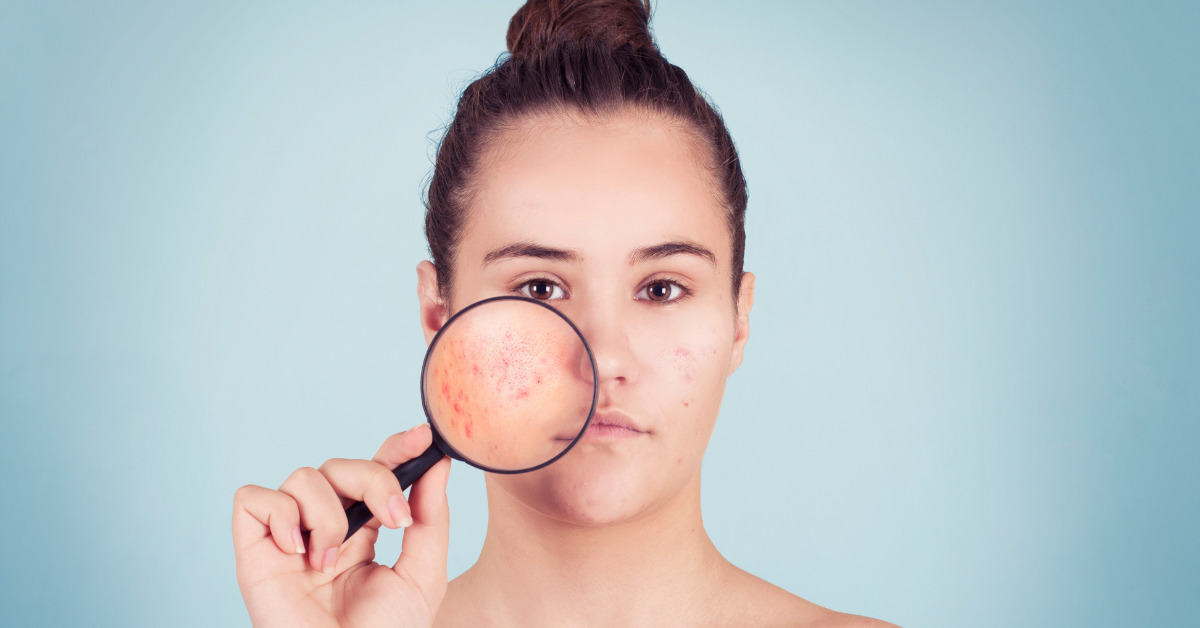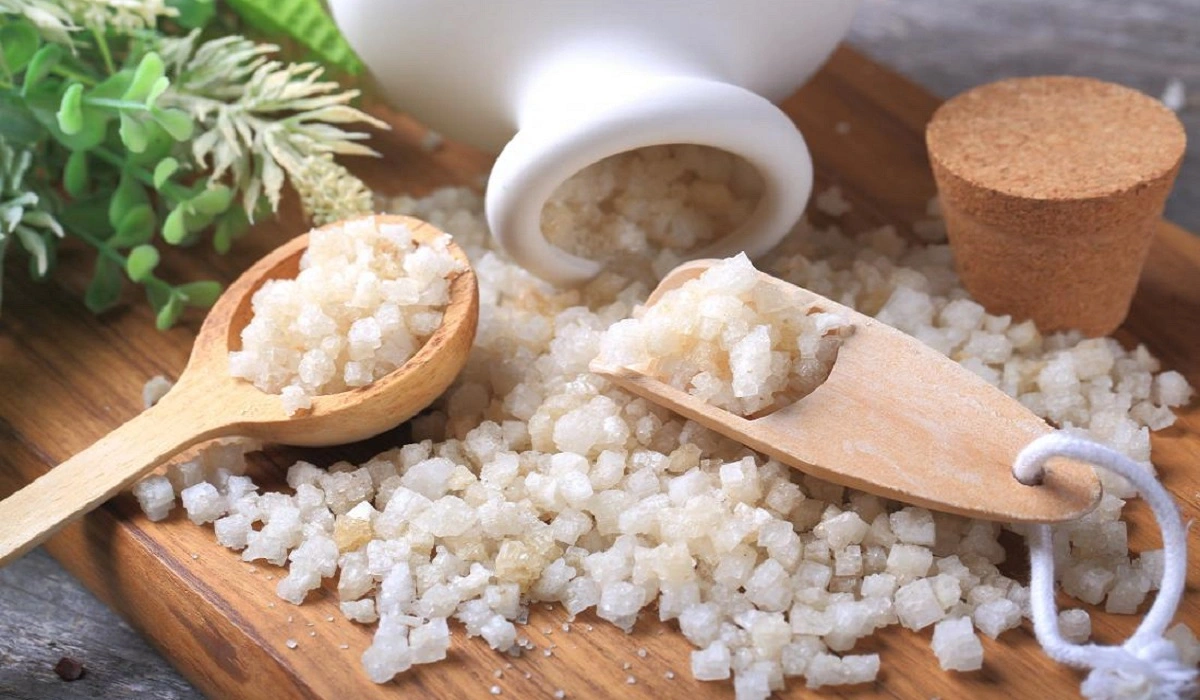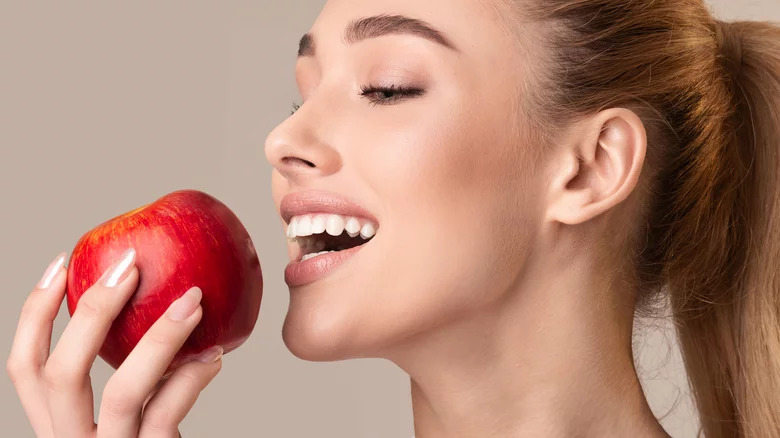
A bright, white smile is something that many people desire. However, it’s not always easy to achieve. There are many factors that can cause teeth to become discolored, such as aging, smoking, consuming certain foods and drinks, and poor dental hygiene. Fortunately, there are several effective ways to whiten your teeth and achieve the smile of your dreams. In this article, we’ll explore the most effective ways to whiten your teeth, including both professional and at-home options.
Professional Teeth Whitening
If you’re looking for the most effective way to whiten your teeth, professional teeth whitening is a great option. This is typically done in a dental office, and involves the use of high-concentration whitening agents. There are two main types of professional teeth whitening:
In-Office Whitening: This involves the use of a high-concentration whitening gel, which is applied to your teeth by a dental professional. The gel is then activated using a special light or laser. This type of whitening treatment typically takes around an hour, and can whiten your teeth by several shades.
Take-Home Whitening Kits: These kits are prescribed by a dentist and typically include a custom-made tray and a whitening gel. You’ll need to wear the tray for a certain amount of time each day, typically for several weeks. Take-home whitening kits are less expensive than in-office treatments, but they take longer to produce results.
Both of these professional teeth whitening options are effective at removing stains and discoloration from your teeth. However, they can be quite expensive, with in-office treatments typically costing several hundred dollars and take-home kits costing around $100-$200.
At-Home Teeth Whitening
If you’re looking for a more affordable way to whiten your teeth, at-home teeth whitening options are a great choice. There are many different types of at-home whitening products available, including:
Whitening Toothpaste: This type of toothpaste contains special abrasives and chemicals that can help to remove surface stains from your teeth. However, they are not effective at removing deeper stains.
Whitening Strips: These are thin, flexible strips that are coated with a whitening gel. You’ll need to apply the strips to your teeth for a certain amount of time each day, typically for several weeks. Whitening strips are a relatively affordable option, with most kits costing around $20-$50.
Whitening Trays: These are similar to the trays used in professional take-home whitening kits. You’ll need to fill the tray with a whitening gel and wear it for a certain amount of time each day, typically for several weeks. Whitening trays can be purchased over-the-counter or prescribed by a dentist.
Whitening Pens: These are small, portable pens that contain a whitening gel. You can apply the gel directly to your teeth using the pen’s brush. Whitening pens are a convenient option, but they may not be as effective as other at-home whitening products.
While at-home teeth whitening products are generally less expensive than professional treatments, they may not be as effective. They also take longer to produce results, and you may need to use them for several weeks before seeing a noticeable improvement in the color of your teeth.
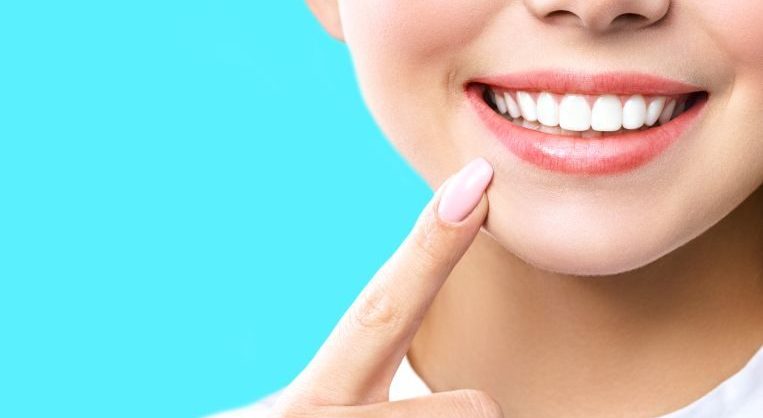
Natural Teeth Whitening
If you’re looking for a more natural way to whiten your teeth, there are several options available. However, it’s important to note that natural teeth whitening methods may not be as effective as professional or at-home treatments. Here are a few natural teeth whitening options to consider:
Oil Pulling: This involves swishing oil in your mouth for several minutes, typically coconut oil or sesame oil. The oil helps to remove bacteria and plaque from your teeth, which can help to brighten your smile. However, there is limited scientific evidence to support the effectiveness of oil pulling for teeth whitening.
Baking Soda: Baking soda has natural whitening properties and can be used as a gentle abrasive to remove surface stains from your teeth. You can mix a small amount of baking soda with water to create a paste, and then brush your teeth with the paste for several minutes.
Hydrogen Peroxide: Hydrogen peroxide is a common ingredient in many teeth whitening products. You can use a solution of hydrogen peroxide and water as a mouthwash, or mix it with baking soda to create a paste. However, it’s important to use hydrogen peroxide in moderation, as it can be harsh on your teeth and gums if used too frequently.
Strawberries: Strawberries contain malic acid, which can help to remove surface stains from your teeth. You can mash up a few strawberries and mix them with baking soda to create a natural teeth whitening paste.
While natural teeth whitening methods may not be as effective as professional or at-home treatments, they can be a safe and affordable option. It’s important to remember that natural methods may take longer to produce results, and you may need to use them consistently over a period of time to see a noticeable improvement in the color of your teeth.
There are many effective ways to whiten your teeth, from professional treatments to at-home products to natural remedies. The best option for you will depend on your budget, time constraints, and the severity of your teeth discoloration. If you’re looking for a fast and effective way to whiten your teeth, professional teeth whitening may be the best choice. If you’re looking for a more affordable option, at-home teeth whitening products can be effective. And if you prefer a natural approach, there are several options available that can help to brighten your smile. Whatever method you choose, remember to maintain good dental hygiene habits to help keep your teeth bright and healthy.

